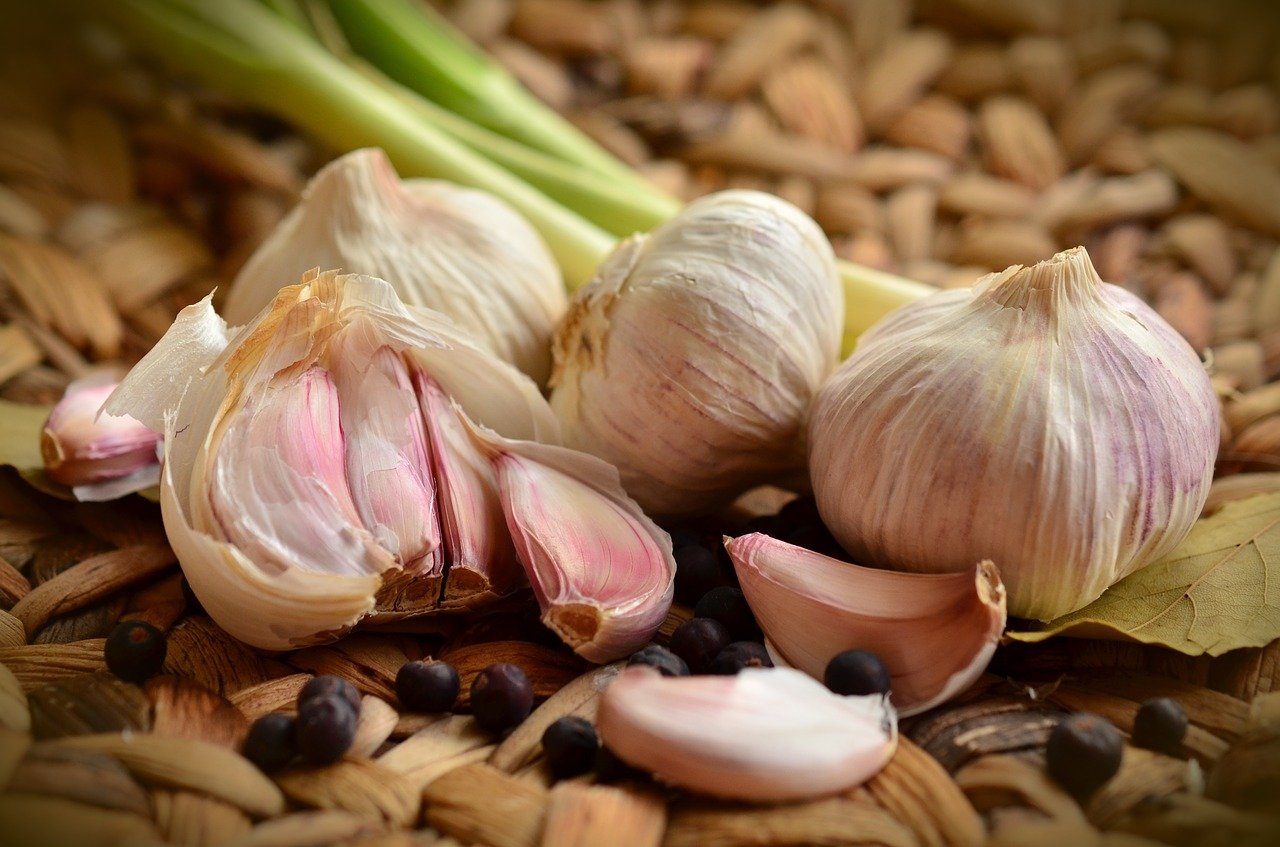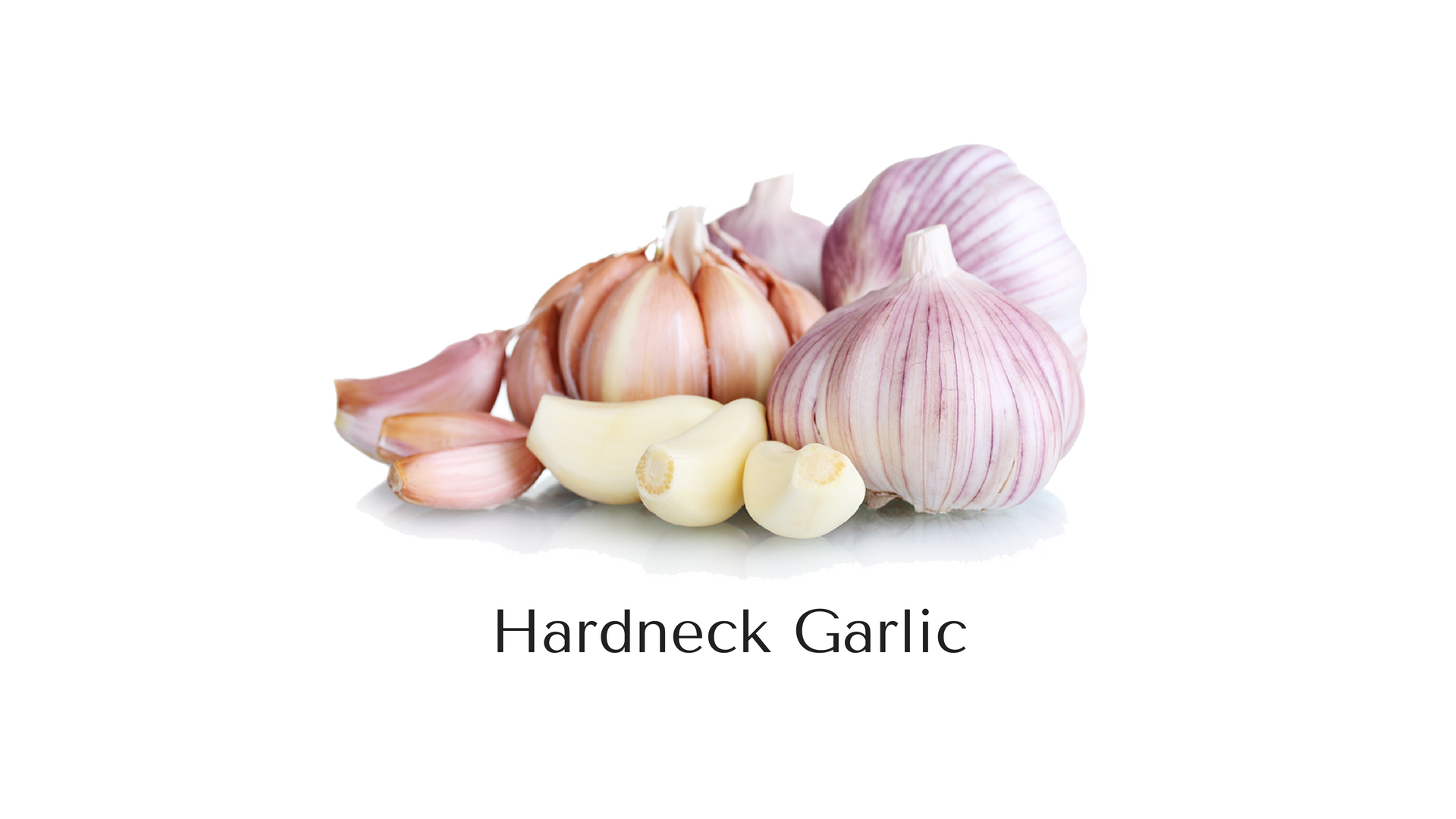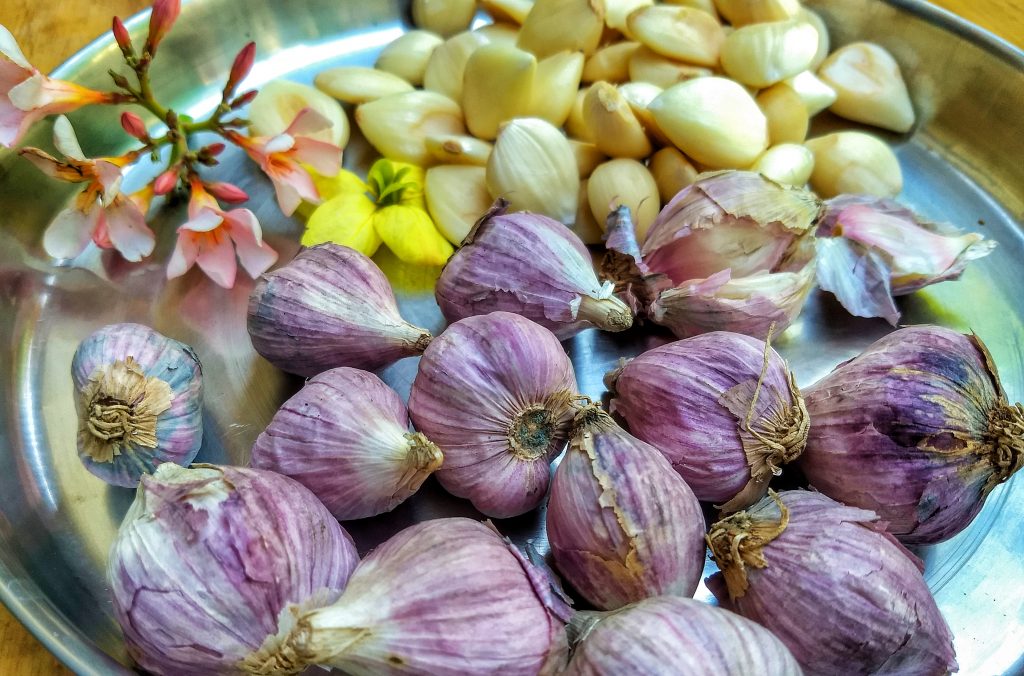
Ear Infection Symptoms, Home Remedies, and Essential Oils for Relief
Ear infections, while common, can be extremely uncomfortable and even debilitating. They can affect both the outer and inner ear, with inner ear infections often being more severe. Recognizing the symptoms and knowing how to treat them at home can provide relief and prevent complications.
Symptoms of Ear Infections:
- Ear Pain: This is the most common symptom and can range from mild to severe.
- Tugging or Pulling at an Ear: Especially common in children.
- Difficulty Sleeping: Due to discomfort or pain.
- Hearing Difficulties: Sounds may seem muffled.
- Fluid Drainage: Yellow or white fluid, sometimes bloody, can come from the ear.
- Fever: Especially in children.
- Dizziness or Loss of Balance: More common with inner ear infections.
- Nausea or Vomiting: Can accompany vertigo from inner ear infections.
- Fullness or Pressure: A feeling that the ear is “clogged.”
- Tinnitus: Ringing or buzzing in the ear.
Home Remedies for Ear Infections:
- Warm or Cold Compress: Applying a compress can help alleviate pain.
- Over-the-Counter Pain Relievers: Medications like ibuprofen can help.
- Ear Drops: Available at pharmacies, they can provide relief.
- Olive Oil: Warm olive oil drops can soothe the ear.
- Saltwater Gargle: Helps reduce inflammation.
- Sleep Positioning: Elevating the affected ear can reduce pain.
- Hydrogen Peroxide: A few drops can help clean the ear and fight infection.
- Apple Cider Vinegar: Diluted with water, it can be used as ear drops.
- Neck Exercises: Can help with fluid drainage.
Essential Oils for Earaches and Infections:
- Tea Tree Oil: Known for its antiseptic properties.
- Lavender Oil: Helps reduce pain and inflammation.
- Peppermint Oil: Can provide a cooling sensation for relief.
- Basil Oil: Can reduce pain and prevent infections.
- Garlic Oil: Has natural antimicrobial properties.
Home Treatment for Inner Ear Infections:
- Rest: It’s essential to rest and avoid strenuous activities.
- Stay Hydrated: Drink plenty of water.
- Avoid Alcohol and Caffeine: They can worsen symptoms.
- Chewing Gum: Can help if the infection is due to altitude or pressure changes.
Instant Tinnitus Relief:
- Background Noise: White noise machines or fans can help.
- Hearing Aids: Can be adjusted to mask the sound.
- Mindfulness and Meditation: Can help manage the stress of tinnitus.
Conclusion: While many ear infections can be treated at home, it’s essential to consult with a healthcare provider if symptoms are severe or persistent. Inner ear infections, in particular, can have complications if not treated properly. Always ensure that any home remedy or essential oil is safe for use in the ear.
Sources: Mayo Clinic, Healthline, WebMD, Johns Hopkins Medicine, Verywell Health, Cleveland Clinic, SingleCare, eMediHealth, HealthPartners.













